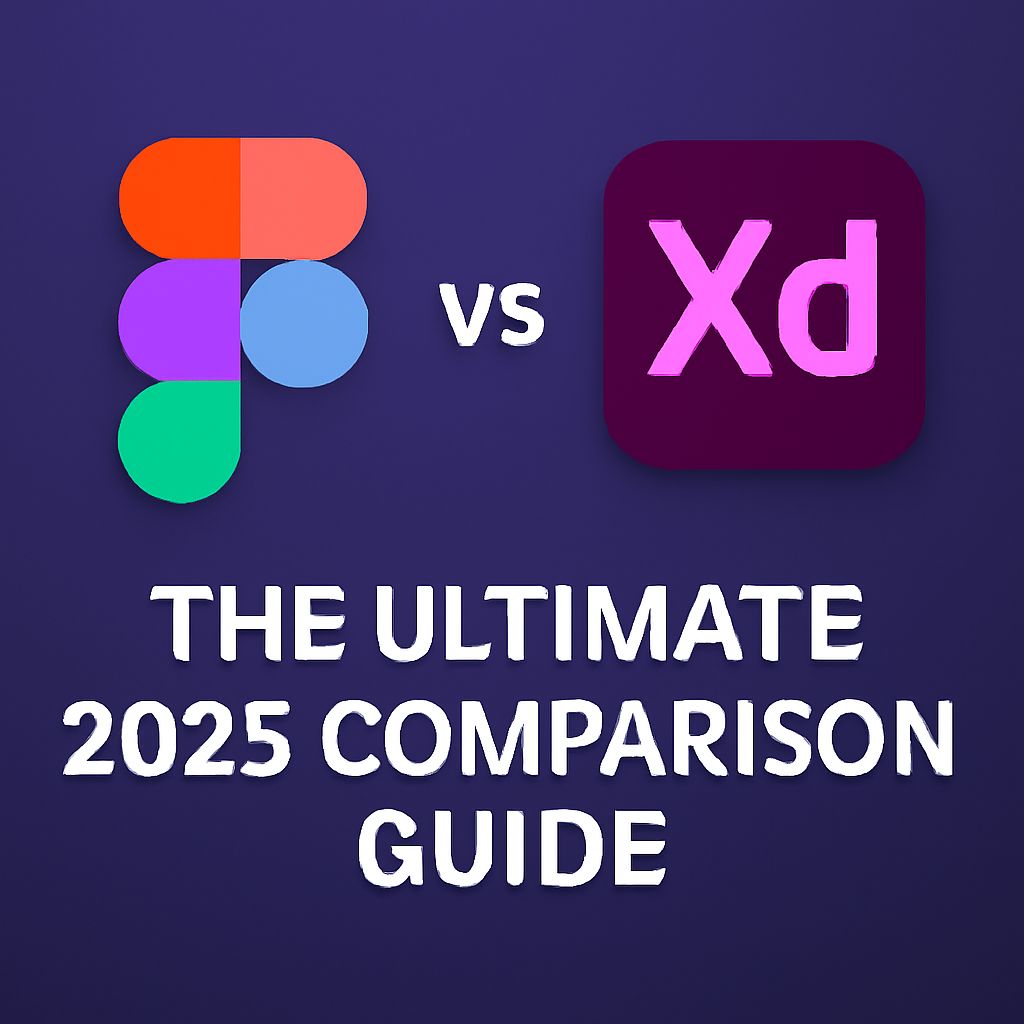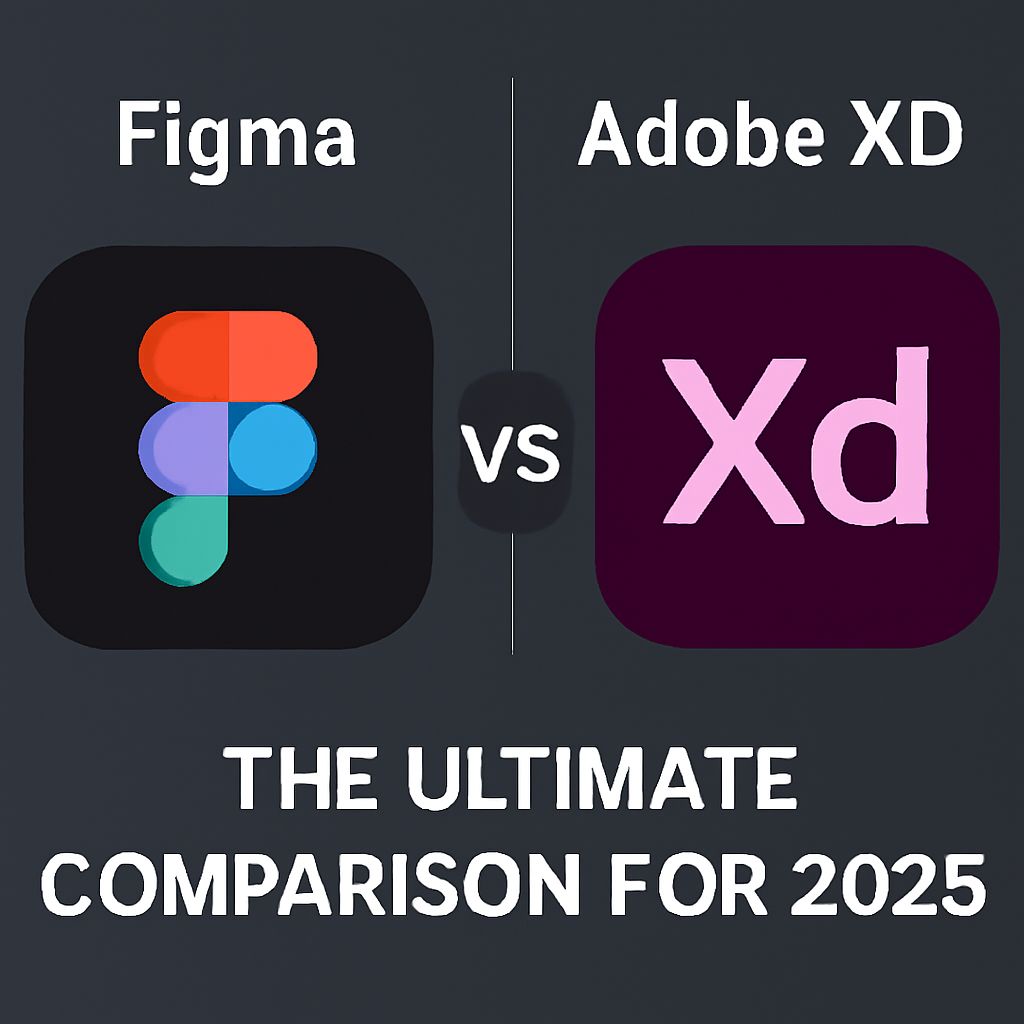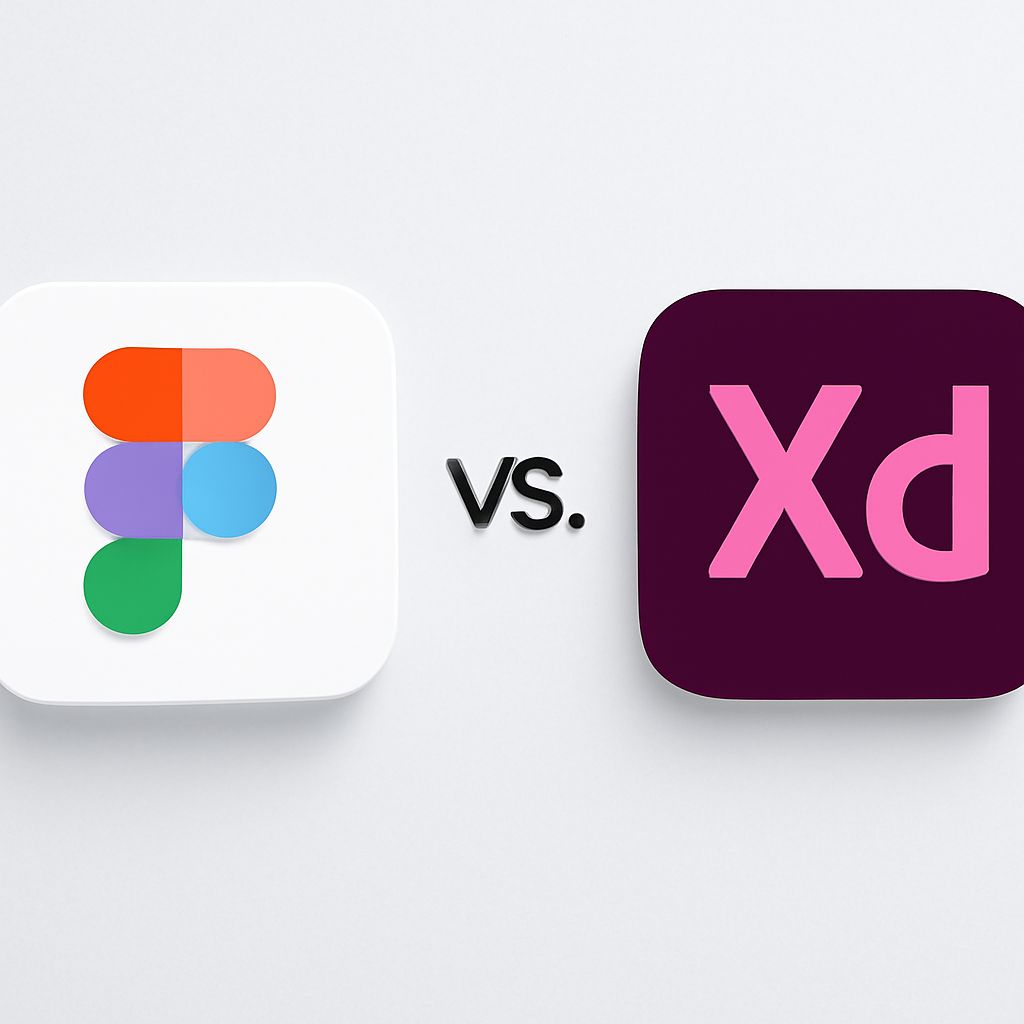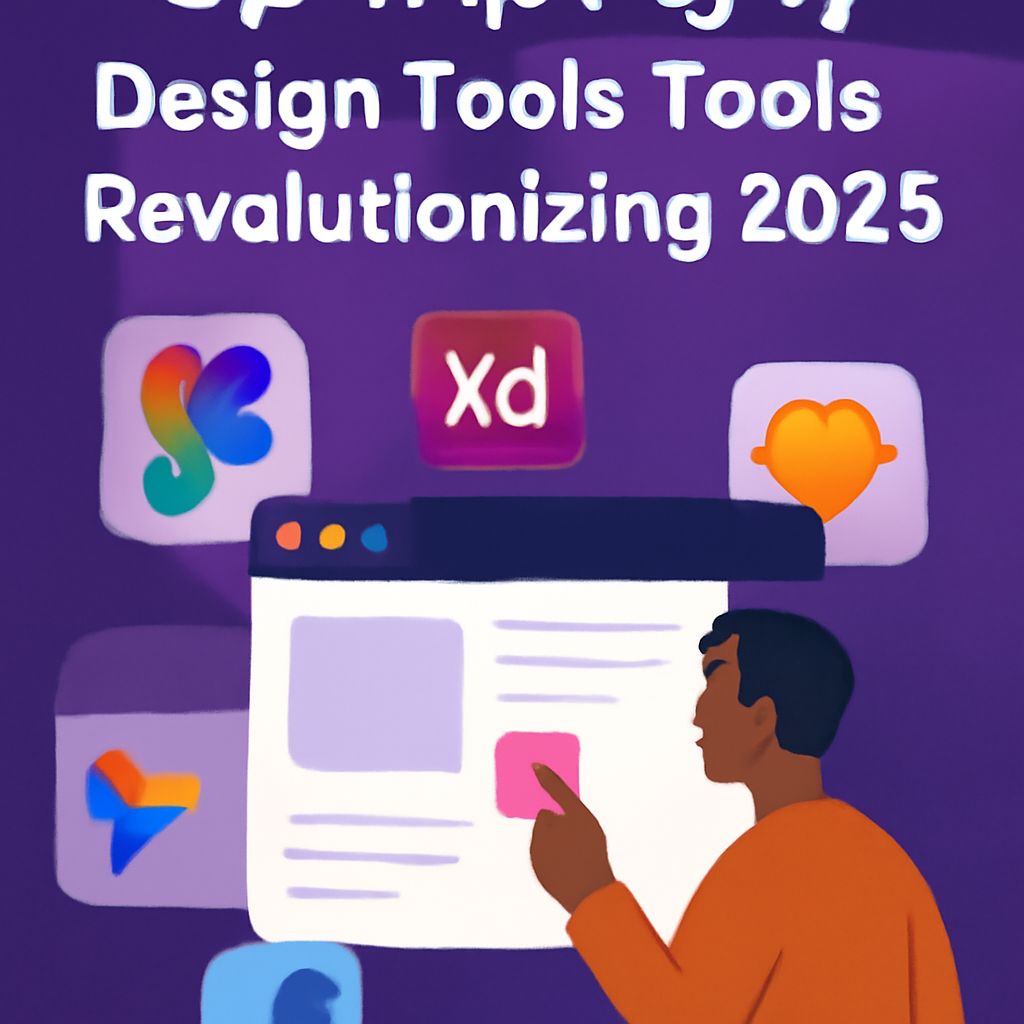Figma vs Adobe XD: The Ultimate 2025 Comparison Guide
In the realm of UI/UX design, two tools often stand at the forefront: Figma and Adobe XD. As we step into 2025, both platforms have evolved significantly, catering to the diverse needs of designers and teams across the globe. In this comprehensive guide, we will explore the key features, advantages, and differences between Figma and Adobe XD, helping you make an informed decision for your design projects.
1. Overview of Figma and Adobe XD
Figma and Adobe XD are design tools that enable designers to create, prototype, and collaborate on user interfaces. While both applications share similar functionalities, they adopt different approaches, especially regarding collaboration and platform access.
1.1 Figma
Figma is a cloud-based design tool that stands out for its real-time collaboration capabilities. Launched in 2016, it has quickly become the go-to choice for teams that prioritize collaborative design processes and accessibility. Figma allows multiple users to work on a design simultaneously, making it ideal for distributed teams.
1.2 Adobe XD
Adobe XD, part of the Adobe Creative Cloud, offers a robust toolkit for designing and prototyping user experiences. First introduced in 2016, it is best known for its integration with other Adobe products like Photoshop and Illustrator. Adobe XD focuses on providing a comprehensive design experience with a range of advanced features for prototyping and animation.
2. Collaboration Features
One of the most significant differences between Figma and Adobe XD lies in their collaboration capabilities.
2.1 Figma’s Real-Time Collaboration
- Simultaneous Editing: Designers can work on the same file at the same time, seeing each other’s changes in real-time.
- Commenting System: Stakeholders can leave comments directly on the design, making feedback more streamlined.
- Version History: Users can easily track changes and revert to previous versions if needed.
2.2 Adobe XD Collaboration
- Share for Review: Designers can generate a link to share their designs, allowing stakeholders to leave feedback.
- Coediting: Adobe XD has introduced coediting features, but they are not as robust as Figma’s.
- Creative Cloud Integration: Integration with other Adobe tools allows seamless sharing and collaboration.
3. Design Tools and Features
Both Figma and Adobe XD boast powerful design tools, yet each offers unique capabilities that may suit different design workflows.
3.1 Figma’s Design Capabilities
- Vector Graphics: Figma provides a robust set of vector editing tools essential for UI design.
- Styles and Components: Users can create reusable components and styles, promoting consistency across projects.
- Plugins and Integrations: Figma supports a wide range of plugins that enhance functionality, from design systems to icons and stock images.
3.2 Adobe XD’s Design Features
- Responsive Resize: Features for adaptive layouts that automatically adjust based on content or screen size.
- Auto-Animate: A powerful animation feature that allows designers to create smooth transitions between artboards.
- Third-Party Plugins: Adobe XD has a growing library of plugins, although it may not be as extensive as Figma’s.
4. Prototyping and User Testing
Prototyping is a critical aspect of design, and both Figma and Adobe XD offer tools to create interactive prototypes.
4.1 Prototyping in Figma
- Interactive Prototypes: Easily link frames and create transitions to simulate user flows.
- Device Preview: Users can preview their prototypes on real devices through the Figma mobile app.
- User Testing Features: Figma supports user testing setups directly within the platform.
4.2 Prototyping in Adobe XD
- Voice Prototyping: Unique feature in Adobe XD that allows designers to create voice-enabled prototypes.
- Auto-Animate: Allows for fluid transitions and animations between artboards, enhancing the prototype experience.
- Share for Review: Stakeholders can interact with prototypes and provide feedback directly.
5. Platform Accessibility
Accessibility is key when choosing a design tool, especially for teams that may be distributed across different locations.
5.1 Figma’s Accessibility
As a cloud-based tool, Figma is accessible from any device with an internet connection, and it supports both Mac and Windows operating systems. There is no need for installation, making it easy to onboard new team members quickly.
5.2 Adobe XD Accessibility
Adobe XD is primarily a desktop application that must be installed on a computer. While it does offer cloud sharing options, the full suite of features is only available on supported operating systems (Mac and Windows). Adobe XD also provides a web-based version called Adobe XD Web, though it is not as fully featured as the desktop version.
6. Pricing Models
Understanding the pricing structure of both tools is essential for budgeting your design projects.
6.1 Figma Pricing
| Plan | Monthly Price | Key Features |
|---|---|---|
| Free Plan | $0 | Up to 3 projects, limited features |
| Professional | $12/editor | Unlimited projects, advanced collaboration tools |
| Organization | $45/editor | Team management features, advanced security |
6.2 Adobe XD Pricing
| Plan | Monthly Price | Key Features |
|---|---|---|
| Starter Plan | $0 | Limited features, 1 shared prototype |
| Single App | $9.99 | Full access to Adobe XD |
| Creative Cloud All Apps | $54.99 | Access to all Adobe Creative Cloud applications |
7. Conclusion
Choosing between Figma and Adobe XD ultimately depends on your specific needs, work style, and team dynamics. Figma excels in real-time collaboration and accessibility, making it an ideal choice for teams that prioritize teamwork and flexibility. On the other hand, Adobe XD offers robust design and prototyping features, especially for users already embedded within the Adobe ecosystem.
By thoroughly evaluating the tools based on the features outlined in this guide, you can make a more informed decision and select the right design tool for your projects in 2025 and beyond.
FAQ
What are the key differences between Figma and Adobe XD?
Figma is primarily browser-based, allowing for real-time collaboration, while Adobe XD is a desktop application with robust prototyping features.
Which tool is better for team collaboration: Figma or Adobe XD?
Figma excels in team collaboration due to its cloud-based nature, allowing multiple users to work on the same file simultaneously.
Can Figma and Adobe XD be used for mobile app design?
Yes, both Figma and Adobe XD are popular choices for mobile app design, offering features tailored to UI and UX design for various devices.
Is Figma free to use?
Figma offers a free tier with limited features, while Adobe XD provides a free starter plan, but both have premium options for advanced functionalities.
Which software has better plugin support: Figma or Adobe XD?
Figma has a wider array of community-created plugins available, enhancing its functionality, while Adobe XD has been expanding its plugin ecosystem.
What should I choose for my design workflow, Figma or Adobe XD?
The choice depends on your workflow needs; Figma is great for collaborative projects, while Adobe XD may be preferable for users already in the Adobe ecosystem.




